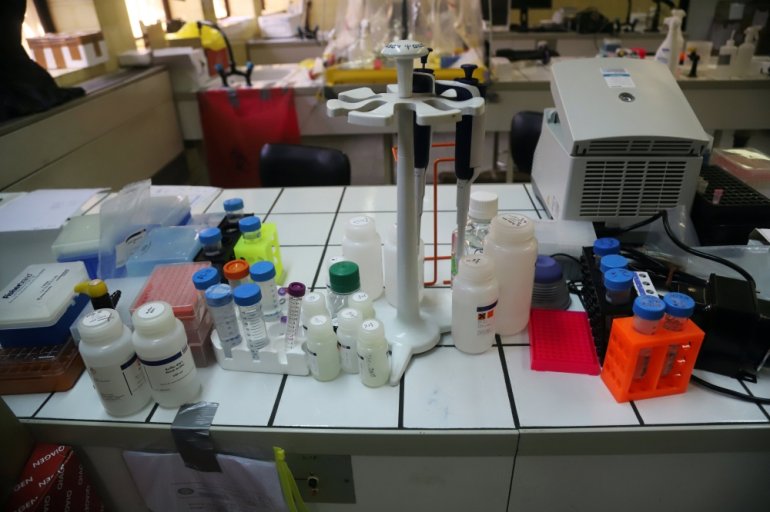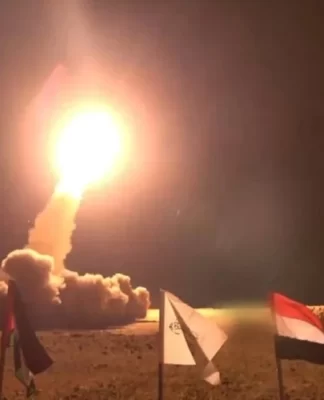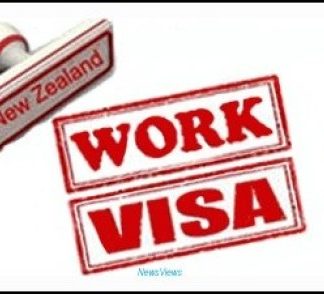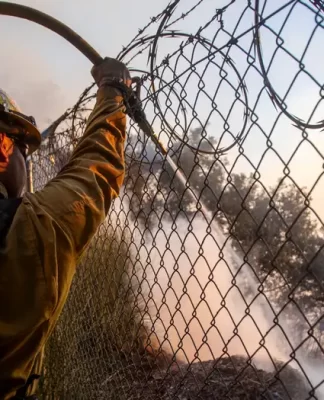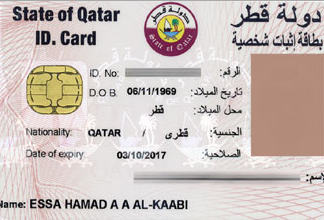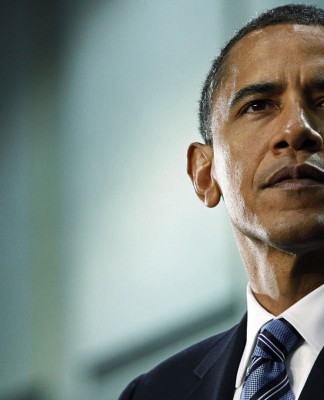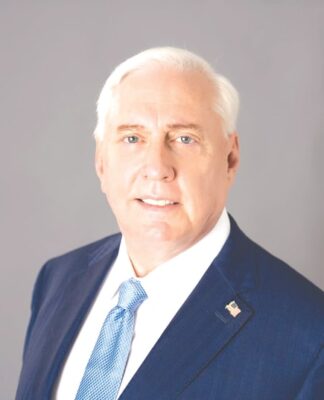18 May 2018 – 20:50

By Tom Miles & Fiston Mahamba I Reuters
GENEVA/KINSHASA: Democratic Republic of Congo faces a “very high” public health risk from Ebola, but an outbreak that has already killed 25 people does not yet constitute an international public health emergency, the World Health Organization (WHO) said on Friday.
As the deadly fever was confirmed in a patient in Mbandaka, a city of around 1.5 million on the banks of the Congo River, the U.N. health agency raised it national risk assessment.
The regional risk was now being raised to high, the WHO said, but the global risk remains low.
“We have an evolving situation,” the WHO’s Director General Tedros Adhanom Ghebreyesus told reporters, but there were strong reasons to think the epidemic can be brought under control.
Emergency response teams planned to start administering an experimental vaccine to frontline health workers in Congo by Sunday, he added.
The WHO’s Emergency Committee of experts convened on Friday to advise on the international response to the outbreak, and to decide whether it constitutes a “public health emergency of international concern” or PHEIC.
Jeremy Farrar, director of the Wellcome Trust medical charity and an infectious diseases expert, said the committee’s decision not to declare an emergency was “the right one for the time being”, but should be kept under review.
“We can’t predict how the outbreak will progress, and the WHO must keep the situation under frequent review and not hesitate to declare a PHEIC if the situation shows signs of deteriorating,” he said in a statement.
The WHO was heavily criticised for being too slow to declare an international emergency during the vast outbreak of Ebola in West Africa in 2013 to 2016. That epidemic ran out of control, spreading mainly through Guinea, Sierra Leone and Liberia. It killed more than 11,300 people and infected 28,600.
The latest outbreak, Congo’s ninth since the disease made its first known appearance near the northern Ebola river in the 1970s, has raised concerns that the virus could spread downstream to the capital Kinshasa, which has a population of 10 million.
The Mbandaka case also followed the announcement by Congo’s health ministry of 11 newly confirmed cases in the smaller town of Bikoro, near the northwest village where the virus was first detected.
“Urban Ebola is a very different phenomenon to rural Ebola because we know that people in urban areas can have far more contacts,” the WHO’s head of emergency preparedness and response, Peter Salama, told reporters. “That means that urban Ebola can result in an exponential increase in cases in a way that rural Ebola struggles to do.”
The nightmare scenario is an outbreak in Kinshasa, a crowded city where millions live in unsanitary slums not connected to a sewer system.
Updated figures from Congo’s Ministry of Health showed 45 Ebola cases overall since April 4, including 14 confirmed, 10 suspected and 21 probable. Of these, 25 people had died, it said.
The WHO is sending 7,540 doses of an experimental vaccine to try to stop the outbreak in its tracks, and 4,300 doses have already arrived in Kinshasa. It will be used to protect health workers and “rings” of contacts around each case.
Tedros said vaccinations would start from Sunday.
The vaccine supplies sent so far will be enough to vaccinate 50 rings of 150 people. Each ring represents the number of people including health workers who may have come into contact with an Ebola patient. The WHO says about 530 contacts have already been identified and are being followed up.
(Writing and additional reporting by Kate Kelland in London, editing by Matthew Mpoke Bigg and David Stamp)













